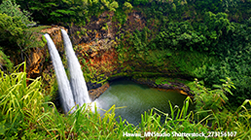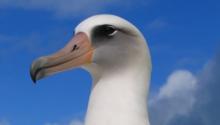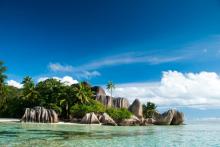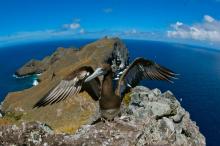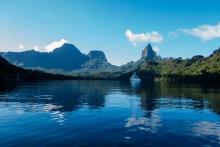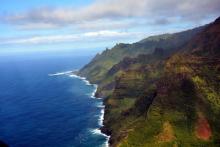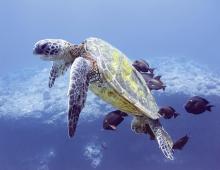Honolulu, Hawai’i, U.S.A. will host the 2016 IUCN Congress, having received strong endorsement from President Barack Obama, his administration and the State of Hawaiʻi.
Bringing the IUCN Congress to Hawaiʻi brings attention to islands, the too-often-forgotten front lines of climate change and small scale representations of conservation issues facing everyone on the planet. Hawaiʻi is also central to the Pacific Rim, the fastest growing region in the global economy.
A microcosm of global conservation crossroads
Islands allow us to see issues in the round—the beauty, biodiversity and rich local cultures, the threats to them and their relationship to human wellbeing and success.
Islands - the forgotten front lines of climate change.
Holding the IUCN Congress on a Pacific island draws decision-maker and media attention to islands, highlighting their vulnerability and the urgency of addressing climate change.
A geo-political hub
The Pacific Rim is the fastest growing region in the global economy, with tremendous potential impact on the environment. These countries make up over half of global GDP, and Hawaiʻi is roughly equidistant between them.
Local inspiration
Hawaiʻi has shown its leadership in conservation through its Aloha+ Challenge sustainability targets and is working with IUCN to put in place best practices to set a global example for hosting sustainable events.
A world-class venue
Hawaiʻi is one of the few islands with the capacity to host an event of this size and offers an exceptional modern venue. Learn more about our Hawaiian hosts.
Special Congress Excursions



